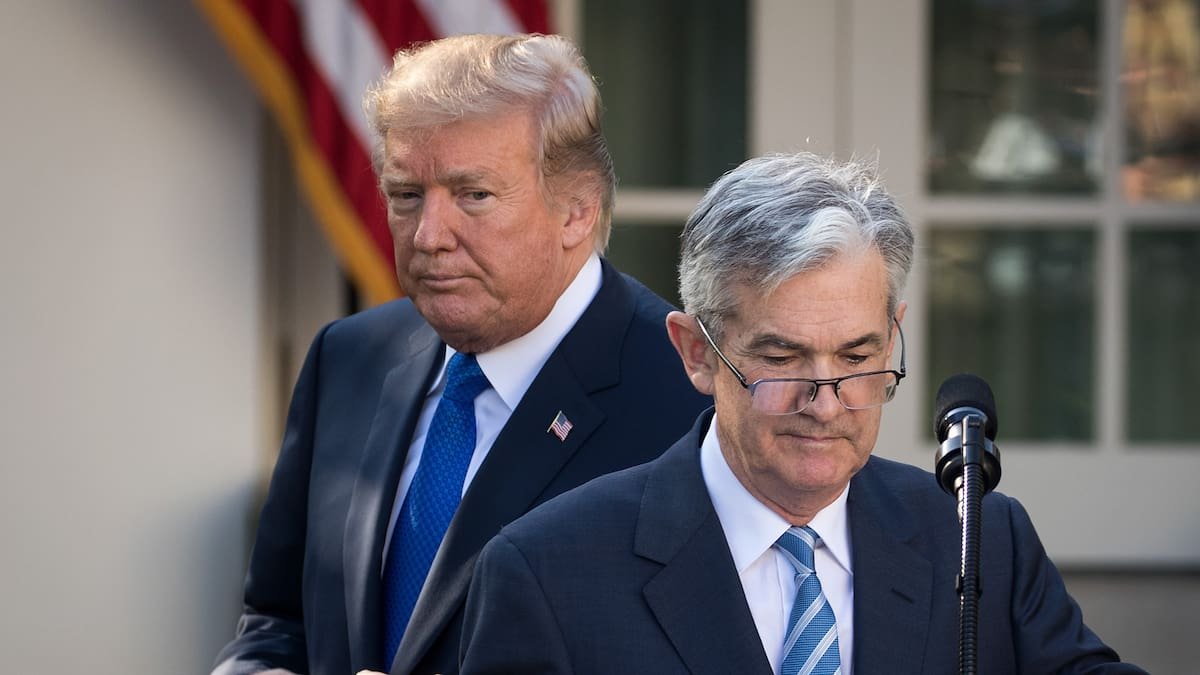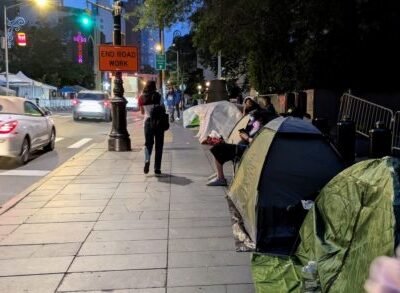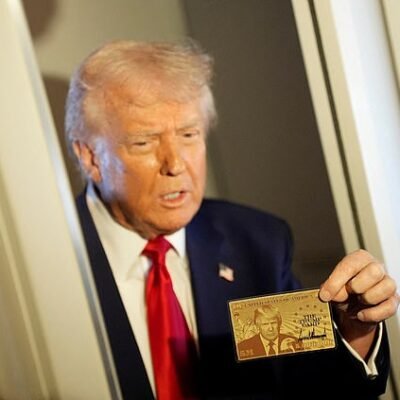The President wants interest rates cut and has attacked Powell for not moving fast enough.
Over the Easter weekend, Trump used a social media post to call Powell “a major loser” and demanded he cut interest rates “NOW”.
He added that his “termination cannot come fast enough”.
That worried investors.
Wall Street indexes were sold off by about 3%, the US dollar fell and US bond yields rose.
The independence of the Federal Reserve is the cornerstone of global confidence in the US economic and financial system.
If that goes, then there’s a risk that confidence in the US dollar and US bonds goes with it.
Who owns the US Federal Reserve?
Unlike the central banks of most modern economies, the Federal Reserve is not a fully fledged state institution, although the President and Senate maintain ultimate control through the power of appointment.
It is a unique hybrid of private banking management and federal Government oversight and governance.
Technically, the Fed is comprised of 12 privately owned regional banks.
Each has its own board of directors that can appoint and influence the views of its regional bank president.
Shares in these regional banks are owned by US commercial banks like JPMorgan Chase, Goldman Sachs, Morgan Stanley and many others.
That traditionally raises the hackles of conspiracy theorists, who use this connection to make the case for the Fed being in the hands of a global banking cabal.
But the structure isn’t that simple.
At any one time, just five of the regional presidents have voting rights on the committee that sets US monetary policy.
The balance of power is held by seven bank governors who are appointed by the President and must be approved by the Senate.
The appointment process is staggered and the governors get 14-year terms, so no President gets to wield undue influence during their term.
The structure is specifically designed to keep executive power at bay and limit political influence in the process of setting monetary policy.
The commercial banks don’t have influence over policy decisions either, and in theory, the delicate balance of power ensures that the Fed effectively operates as an independent government agency serving the greater public good.
Can the US President sack the Fed chair?
Technically, the answer to this is yes. But it has never happened and would be seen as a huge hit to confidence in the US financial system.
The President has the power to remove the Federal Reserve chair “for cause”, which effectively means: with a very, very good reason.
There is considered to be a high legal bar for this. There would have to be clear evidence of incompetence, neglect of duty or corruption.
If the President just declared this to be the case and removed the chair without strong evidence, then it would likely end up being challenged through the courts.
That would be very messy and not good news for markets. Confidence in the US financial system would be badly shaken.
On that basis, it is more likely that Trump will keep berating Powell but just let his term run out (in May 2026) and appoint someone else.
Would sacking Powell change Fed policy?
Given that there is a committee that sets monetary policy, changing out the Federal Reserve chair is hardly going to be a slam dunk for forcing a U-turn on monetary policy.
The chair is a leader and seeks to set the direction for the committee.
But he or she still only has one vote.
It is unlikely that the remaining 11 committee members – the regional presidents or the state-appointed governors – would be prepared to throw orthodox monetary policy out the window.
Beyond that, the Fed also has a mandate that it is required to follow.
That is set by Congress and explicitly states the Fed’s goals should be “maximum employment, stable prices and moderate long-term interest rates”.
Since 2012, it has been targeting inflation of 2%.
A Powell replacement
US media have talked up the prospect of Trump replacing Powell with a former Fed governor, Kevin Warsh, 55.
CNN says Warsh was previously under consideration to be Trump’s Treasury Secretary (for the President’s second term) and was a candidate for the top job at the Fed during Trump’s first term.
Warsh was a vice-president and executive director at Morgan Stanley in the company’s mergers and acquisitions division before serving as a special assistant to then President George W. Bush for economic policy and as executive secretary at the National Economic Council.
He also worked as an economic adviser to Trump’s transition team after the election last year.
His recent comments appear to be supportive of what Trump is doing with tariffs and cuts to federal spending.
So perhaps he is the chairman-in-waiting.
Questions raised about Reserve Bank independence
With all this talk of central bank independence, it would be remiss not to mention that questions have been raised here about the sudden resignation of Reserve Bank Governor Adrian Orr and the almost immediate review of the bank capital rules.
The bank capital requirements were believed to be a point of contention between Finance Minister Nicola Willis, who wanted a review, and Orr, who did not.
Herald business journalist Kate MacNamara covered the issues in an article this week.
“The question of political interference at the Reserve Bank of New Zealand hangs in the air as it prepares to review the commercial bank capital rules, according to several long-time bank watchers and the Government’s Opposition,” she reported.

Her piece cites concerns from former Reserve Bank (RBNZ) economist Michael Reddell and Auckland University professor of economics Robert MacCulloch that RBNZ chair Neil Quigley and now interim Governor Christian Hawkesby’s “respective circumstances appear to have compromised their ability to uphold the RBNZ’s independence from Government”.
For the record, the Finance Minister’s office was very clear that Willis “completely rejects any inference of political interference”.
Regardless of whether political pressure swayed the bank on the review, it is important to note that the debate is very much focused on a specific regulatory issue – the amount of capital the RBNZ required banks to hold.
The RBNZ’s independence on monetary policy is not in question. That’s the bit that is most sacred to financial markets.
Traders in New Zealand currency and bonds need to know that our interest rate settings won’t be moved around on political whims and that policy will be clear and well-signalled.
Any suggestion that the process was less than independent would undermine confidence and potentially raise the cost of borrowing for New Zealanders.
What it wouldn’t do, of course, is rattle the whole global financial system. New Zealand just isn’t that big or important. But America is, so watch this space …
Dwindling global growth
The tariffs are in place, but New Zealand’s economy hasn’t really felt the direct impact yet.
I suspect there are some export businesses out there who’d tell me I’m wrong about that, but at a macroeconomic level, it will take time for the costs of tariffs to flow through.
So why has the outlook for the economic recovery soured so quickly?
In the past week, we’ve seen economists forecasting that the Official Cash Rate (OCR) will have to be cut much further than was projected in the Reserve Bank’s last published forecasts.
In February, the RBNZ rate track suggested two 25-basis-point cuts (we had one in April), taking the OCR to 3.25% by the end of May.
Then there were reasonable odds on one more cut by the end of the year for a low point of 3% in this cycle.
Last week, ANZ forecast that a more lacklustre recovery and the confidence hit from global trade turmoil will see the OCR cut to 2.5% by the end of the year.
Kiwibank published a range of scenarios for the trade war fallout – the worst of them saw the OCR needing to go as low as 1.5%.
Infometrics economists warned we might now be waiting until 2027 for the recovery to really get going.
Some of this gloom is because of the confidence hit the global turmoil has dealt to local consumers and businesses.
Some of it is because of the indirect impact of the tariffs as growth in the rest of the world slows.
In a special update to its quarterly Global Economic Outlook, Fitch Ratings has cut world growth in 2025 by 0.4 percentage points and China and US growth by 0.5 percentage points.
US annual growth in 2025 was expected to remain positive at 1.2% but will slow to a crawl through the year to just 0.4% year on year in the fourth quarter of 2025.
China’s growth was forecast to fall below 4% this year and next.
Meanwhile, eurozone growth will remain stuck below 1%.
World growth was projected to fall below 2% this year, which would be the weakest since 2009, excluding the pandemic.
“US ‘Liberation Day’ tariff hikes were far worse than expected,” Fitch economists noted.
“While subsequently paused and replaced with a near-universal 10% rate for 90 days, the shock prompted several rounds of retaliatory moves between China and the US, taking bilateral tariff rates over 100%.
“The US average effective tariff rate (ETR) has risen to 23%, the highest since 1909 and well above the 18% we assumed in March.
“It is hard to predict US trade policy with any confidence, but we now assume the US ETR on China remains above 100% for some time, before falling back to 60% next year.”
China’s economy had grown faster than expected over the past year, they noted.
But net trade has accounted for a third of GDP growth.
That would slow sharply as exporters struggle to redirect sales in the near term.
China’s house-building slump and deflationary pressures were continuing, but it was expected that fiscal and monetary policy easing would be stepped up.
“We also expect some additional US tariff revenues to be recycled back into the US economy over the next 18 months, including through tax cuts,” they wrote.
“But as the world’s two largest economies slow, spill-overs will be felt far and wide, and this is reflected in our broad-based downward forecast revisions.”
Lower commodity prices – we have lowered our 2025 Brent oil price assumption by US$5 to US$65 – will also facilitate a faster pace of monetary easing outside the US as growth slows.
The International Monetary Fund (IMF) has also cut its growth projections.
The IMF World Economic Outlook report projects that global output will slow to 2.8% this year from 3.3% in 2024. In January, the fund forecast that growth would hold steady in 2025.
In a speech last week, IMF managing director Kristalina Georgieva said countries’ economies were “being tested by a reboot of the global trading system” that had unleashed “off-the-charts” uncertainty in trade policy and extreme volatility in financial markets.
Liam Dann is business editor-at-large for the New Zealand Herald. He is a senior writer and columnist, and also presents and produces videos and podcasts. He joined the Herald in 2003. To sign up to his weekly newsletter, click on your user profile at nzherald.co.nz and select “My newsletters”. For a step-by-step guide, click here. If you have a burning question about the quirks or intricacies of economics send it to liam.dann@nzherald.co.nz or leave a message in the comments section.





